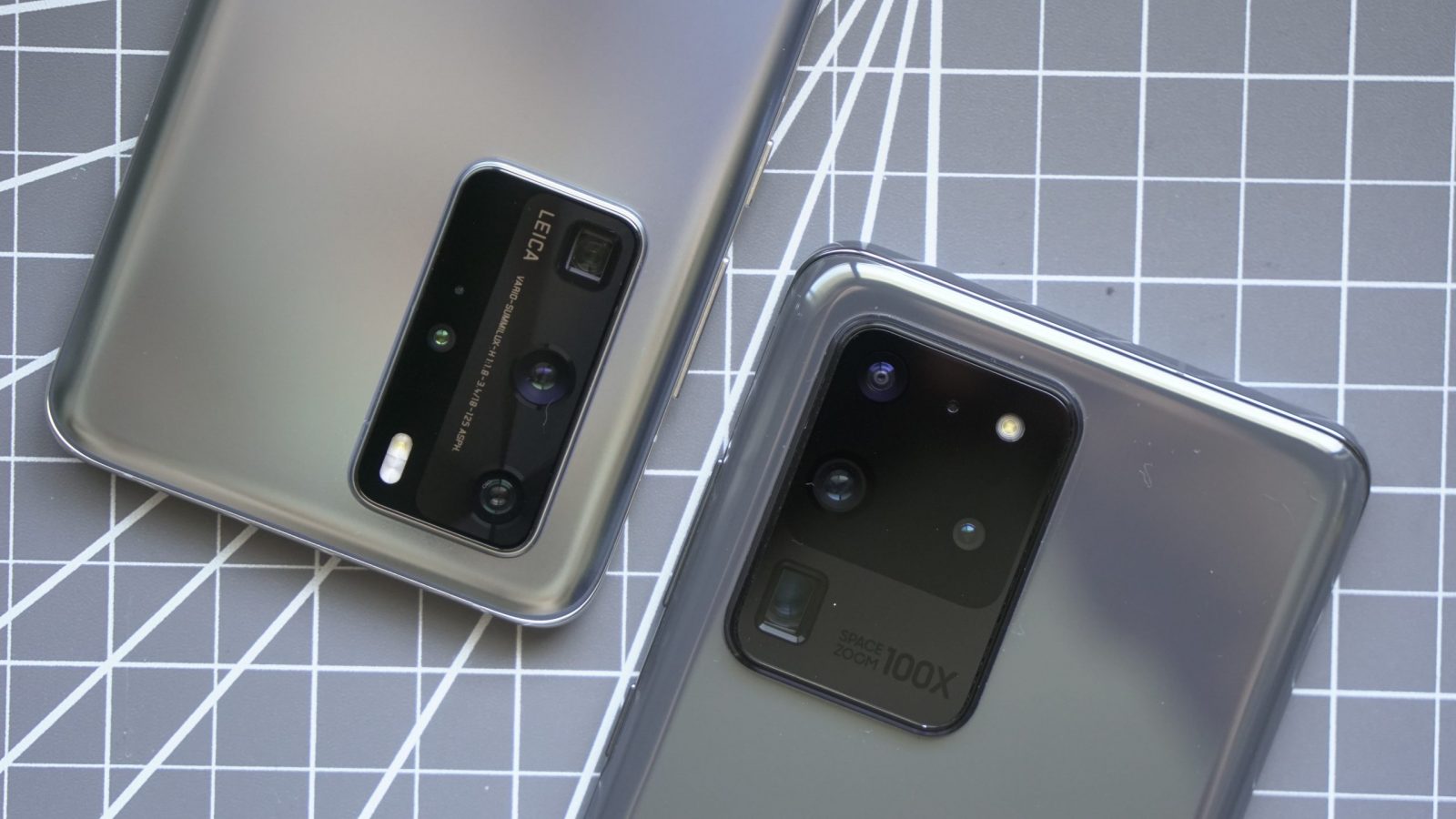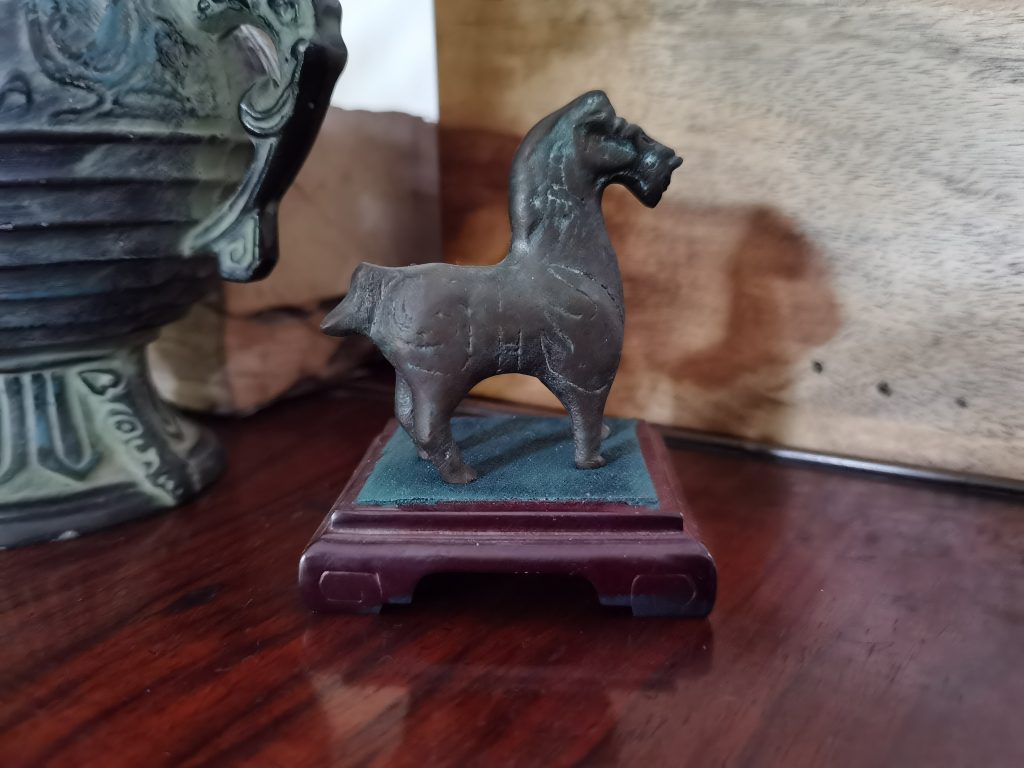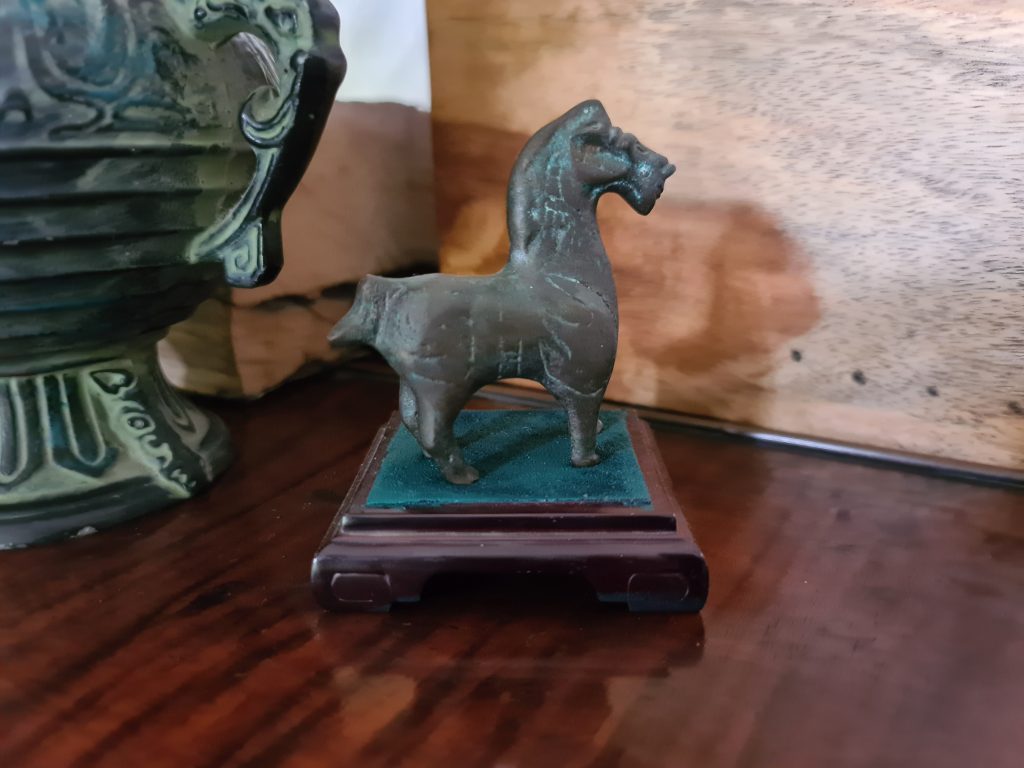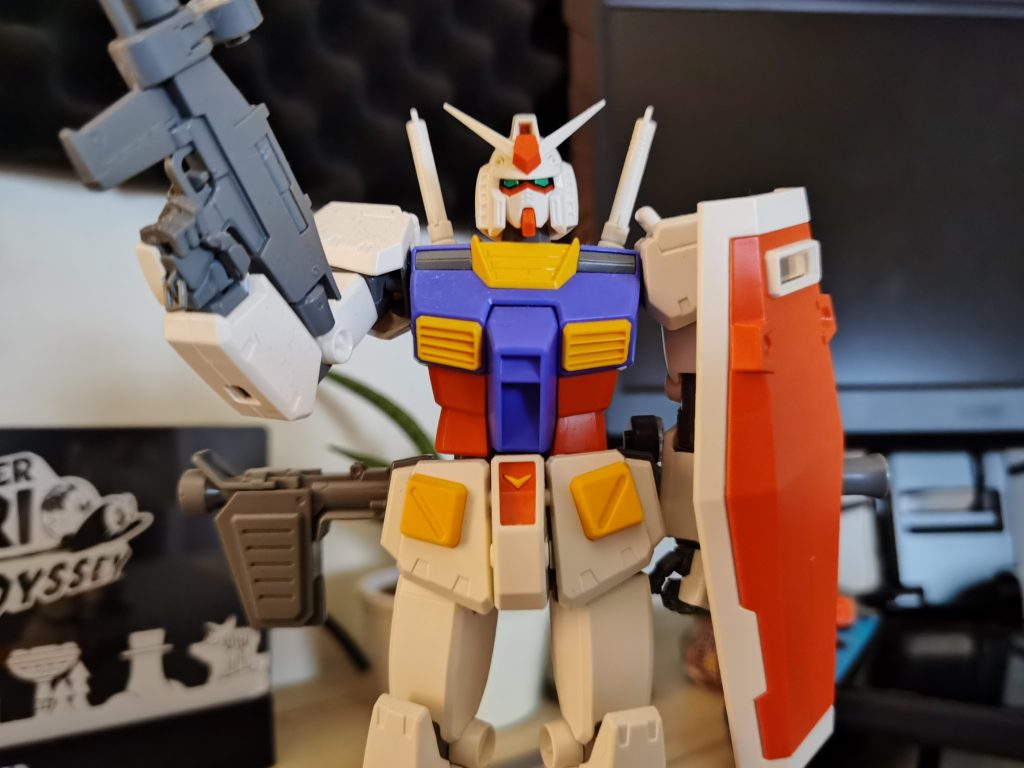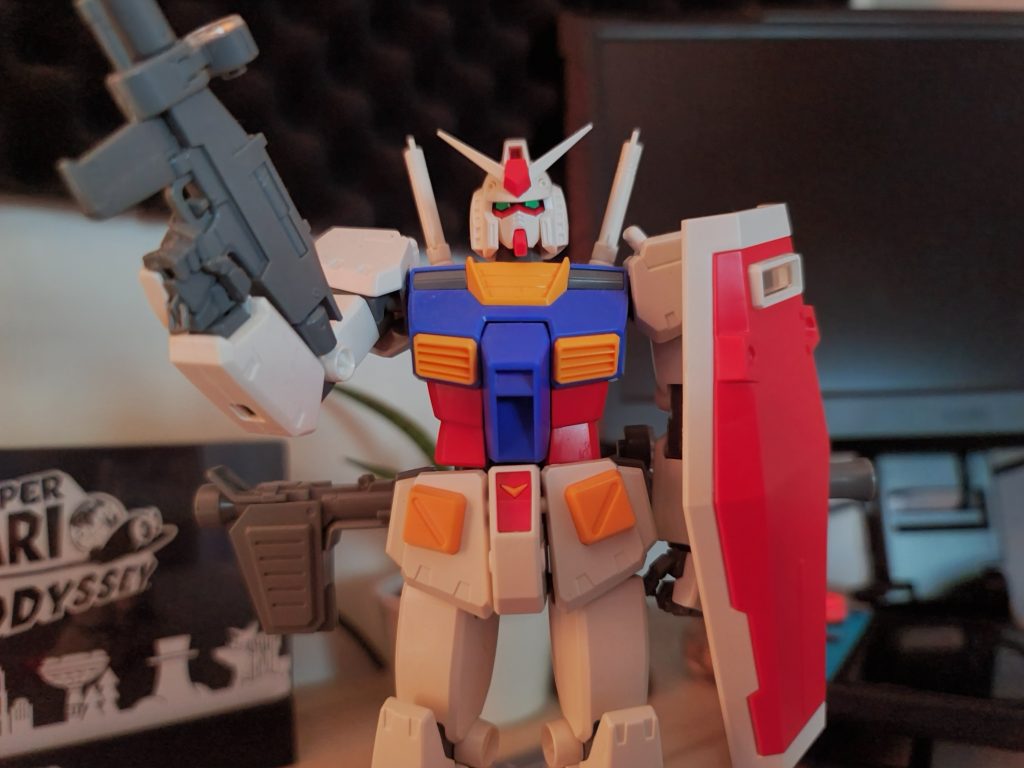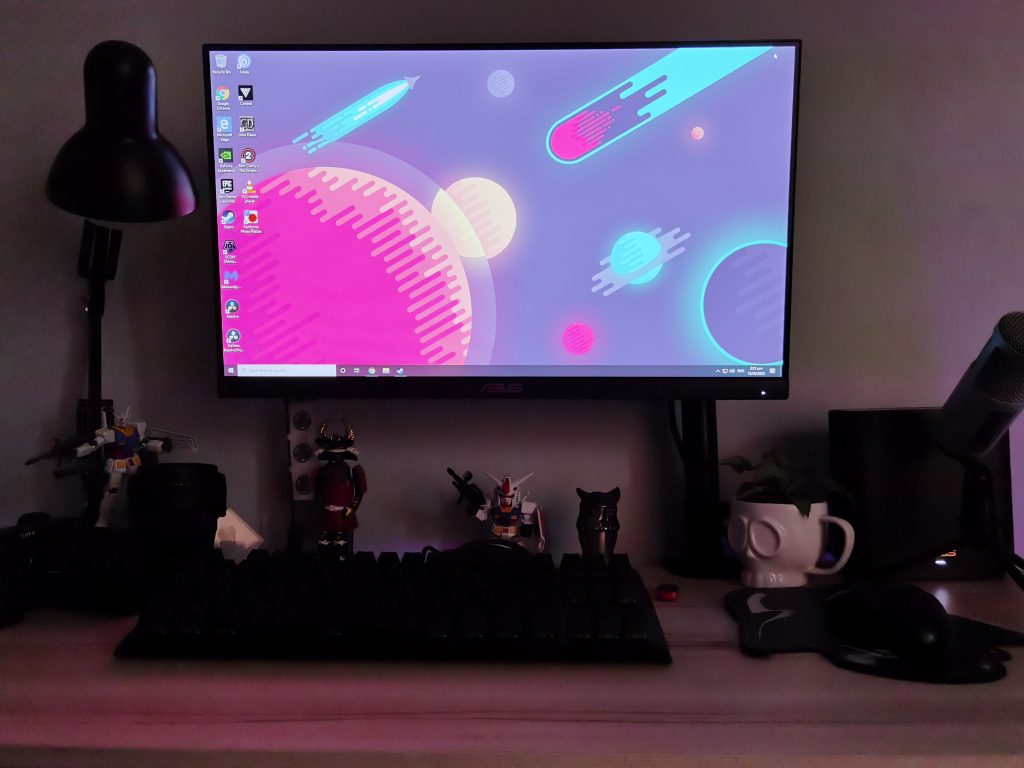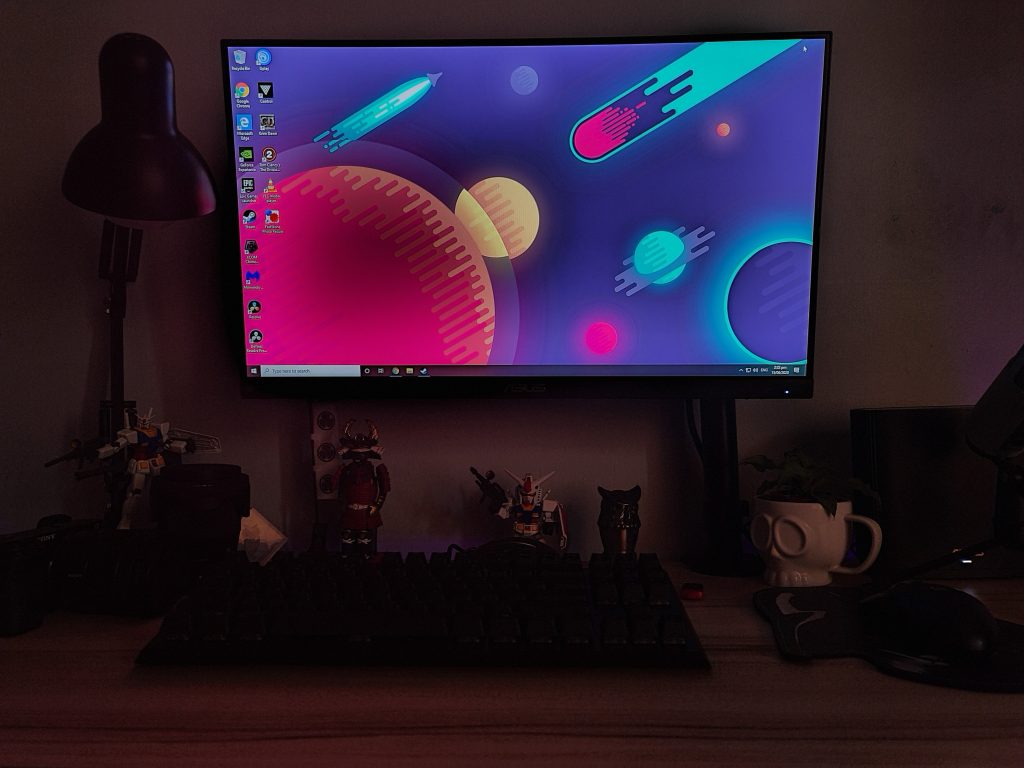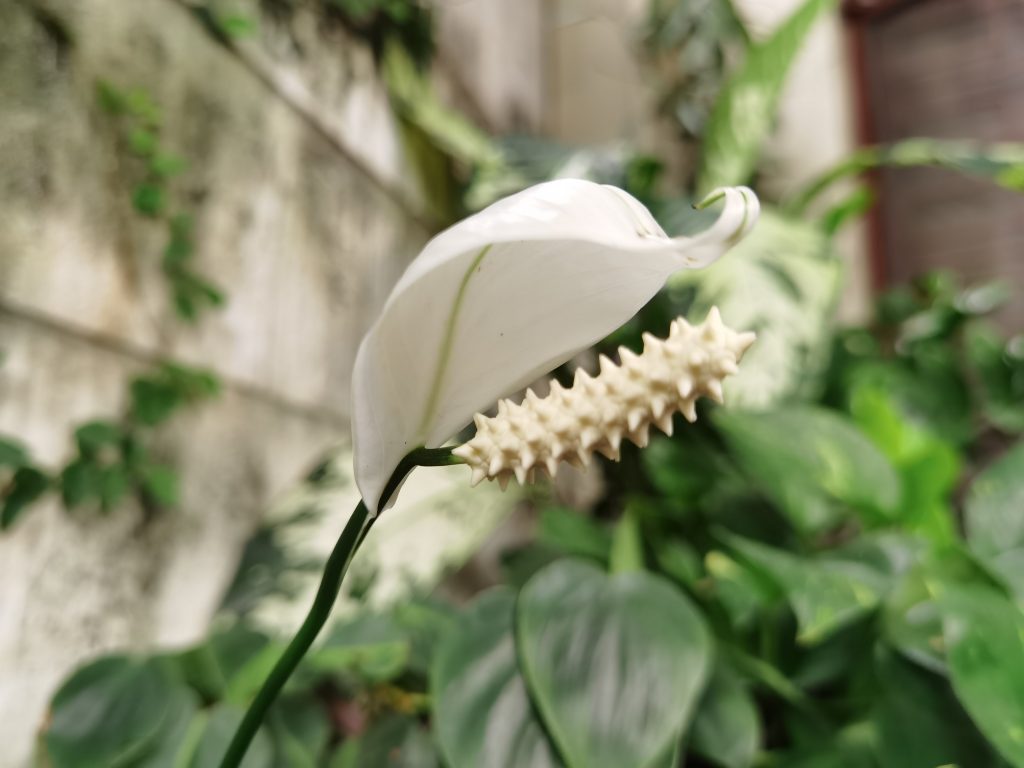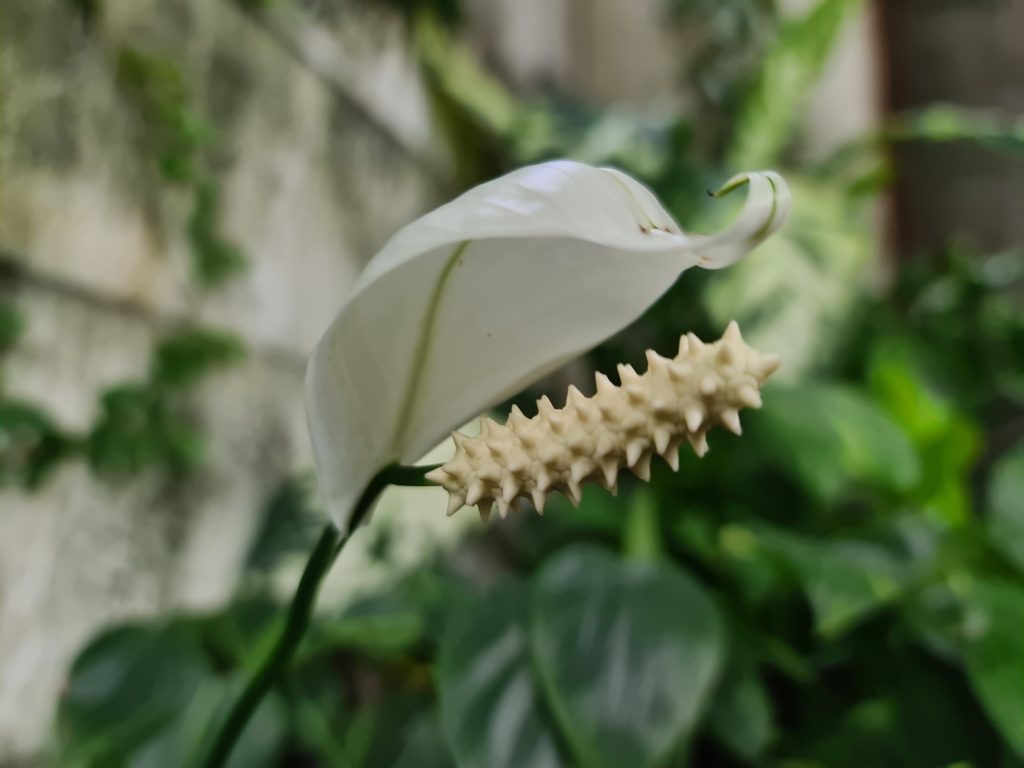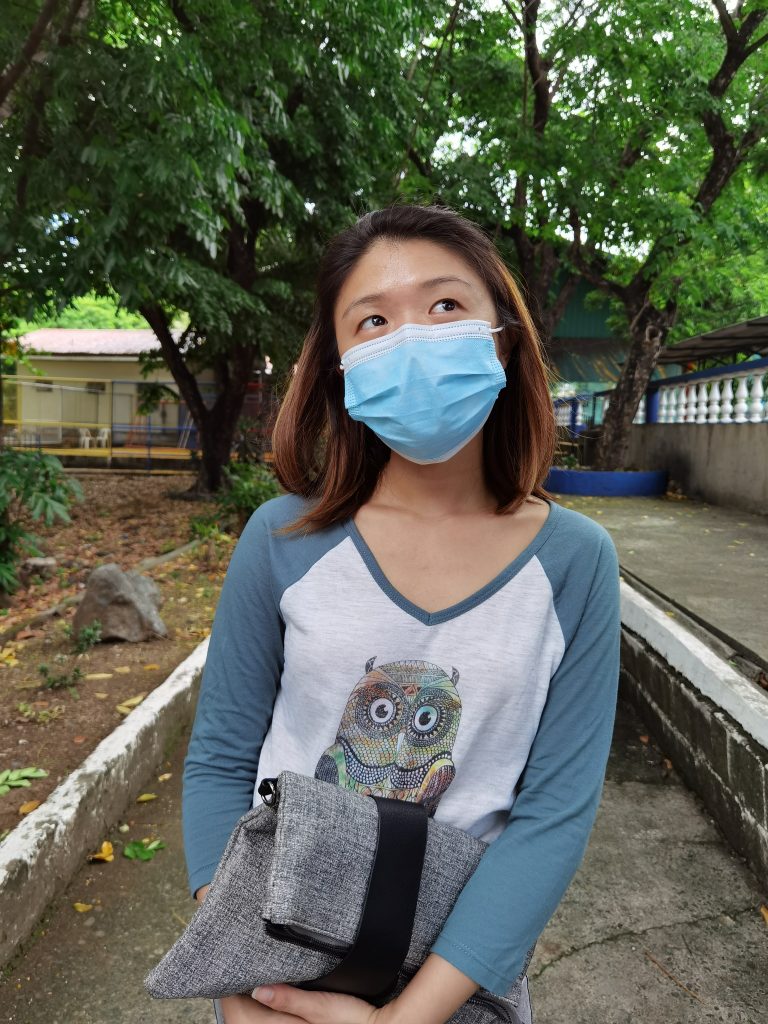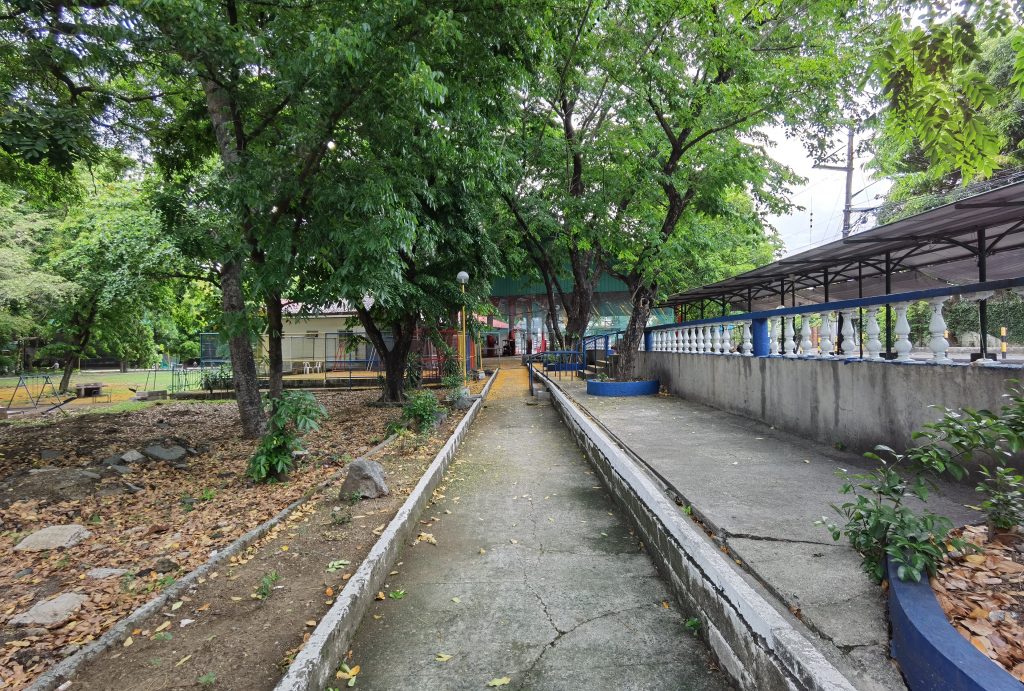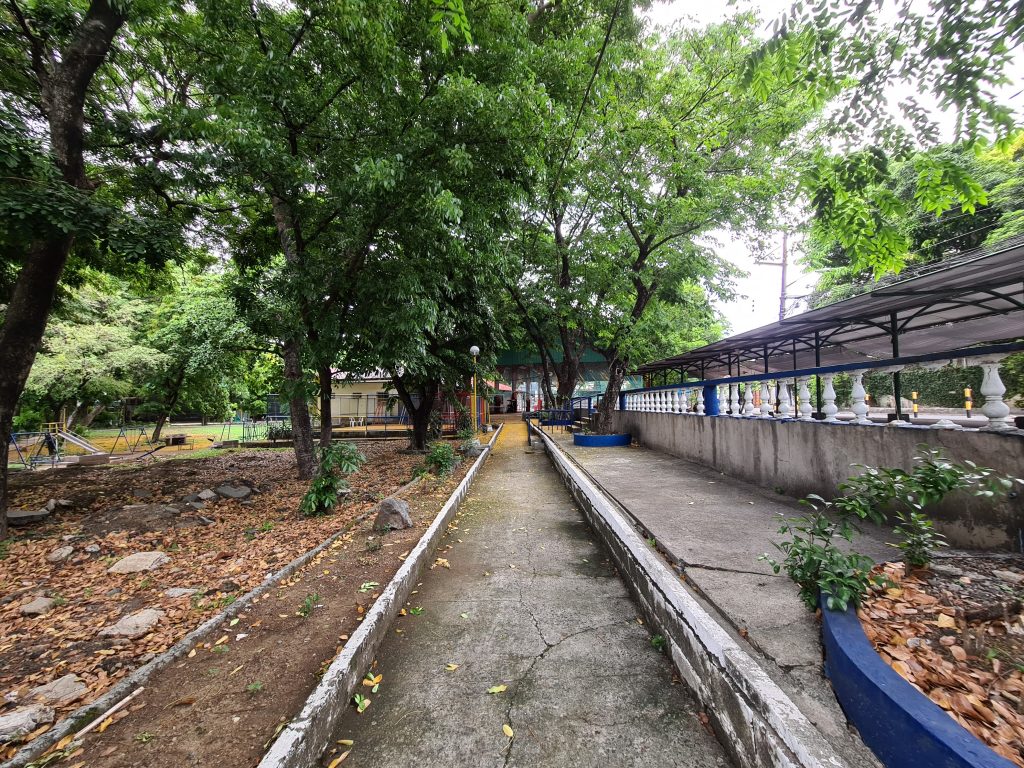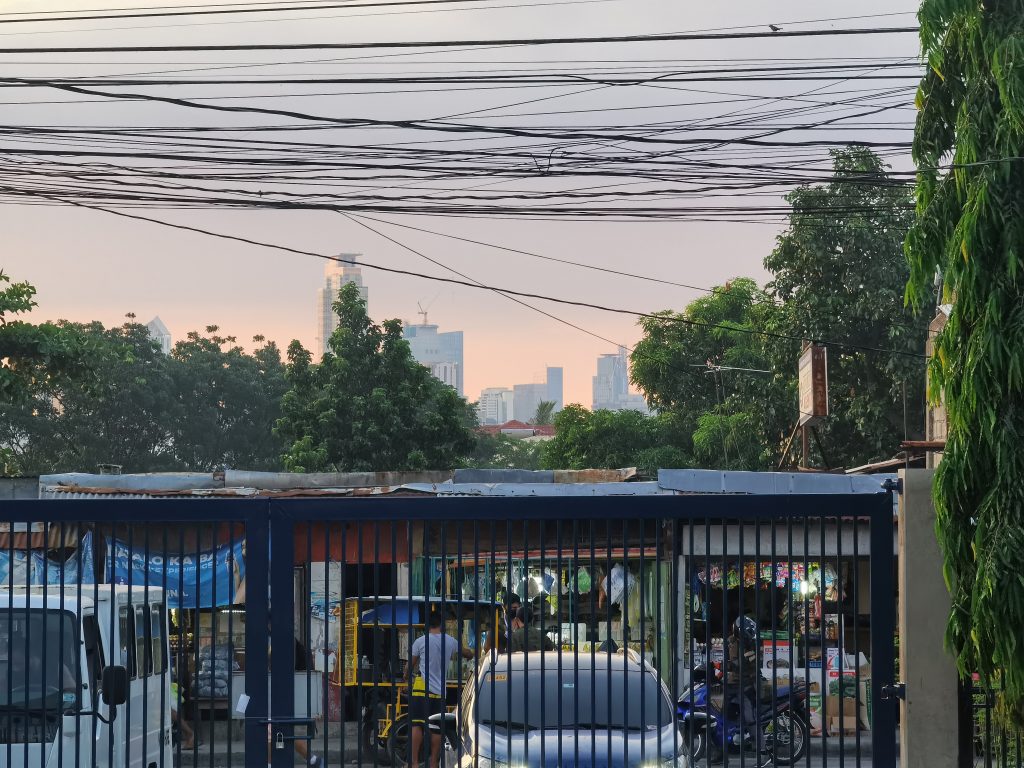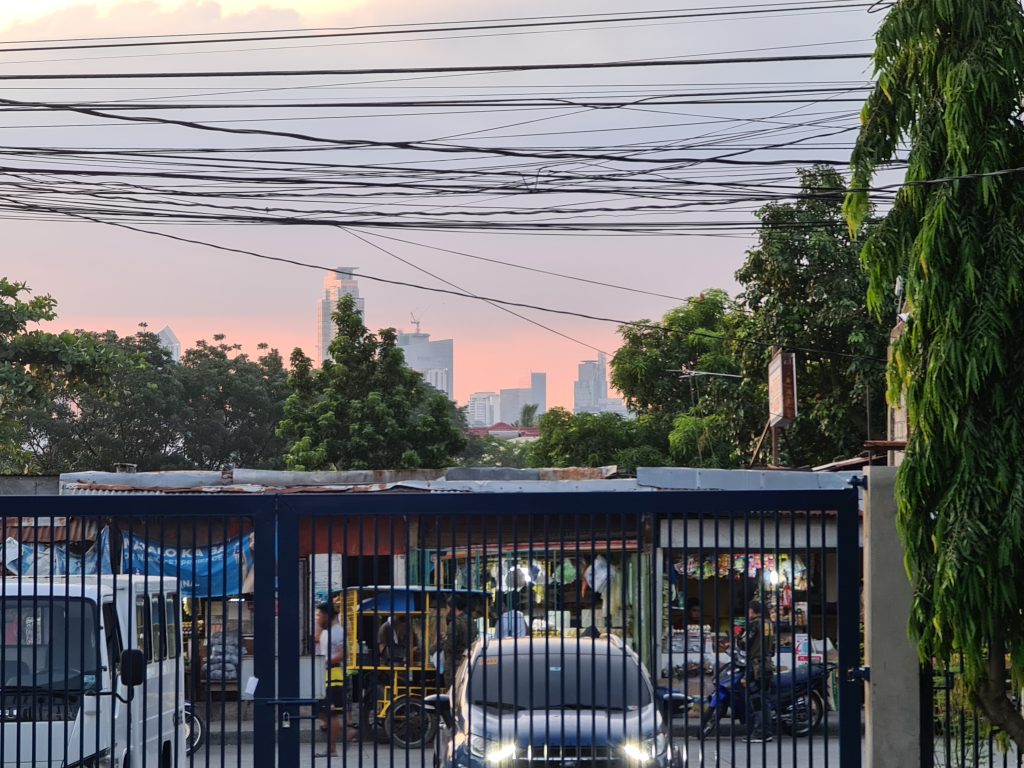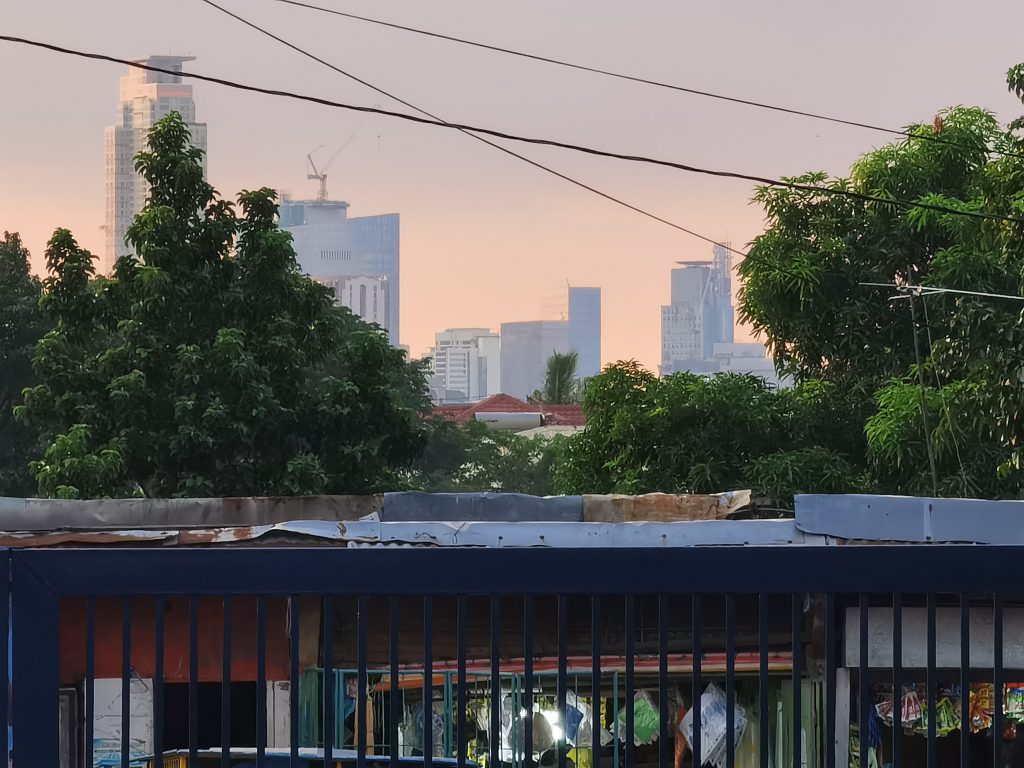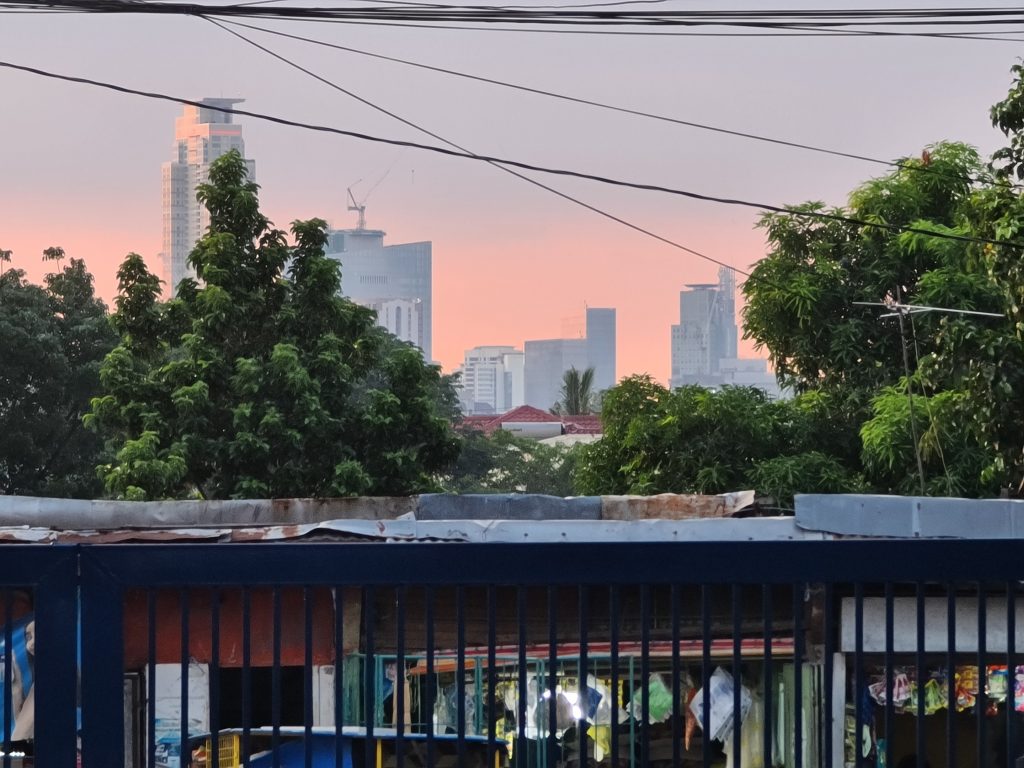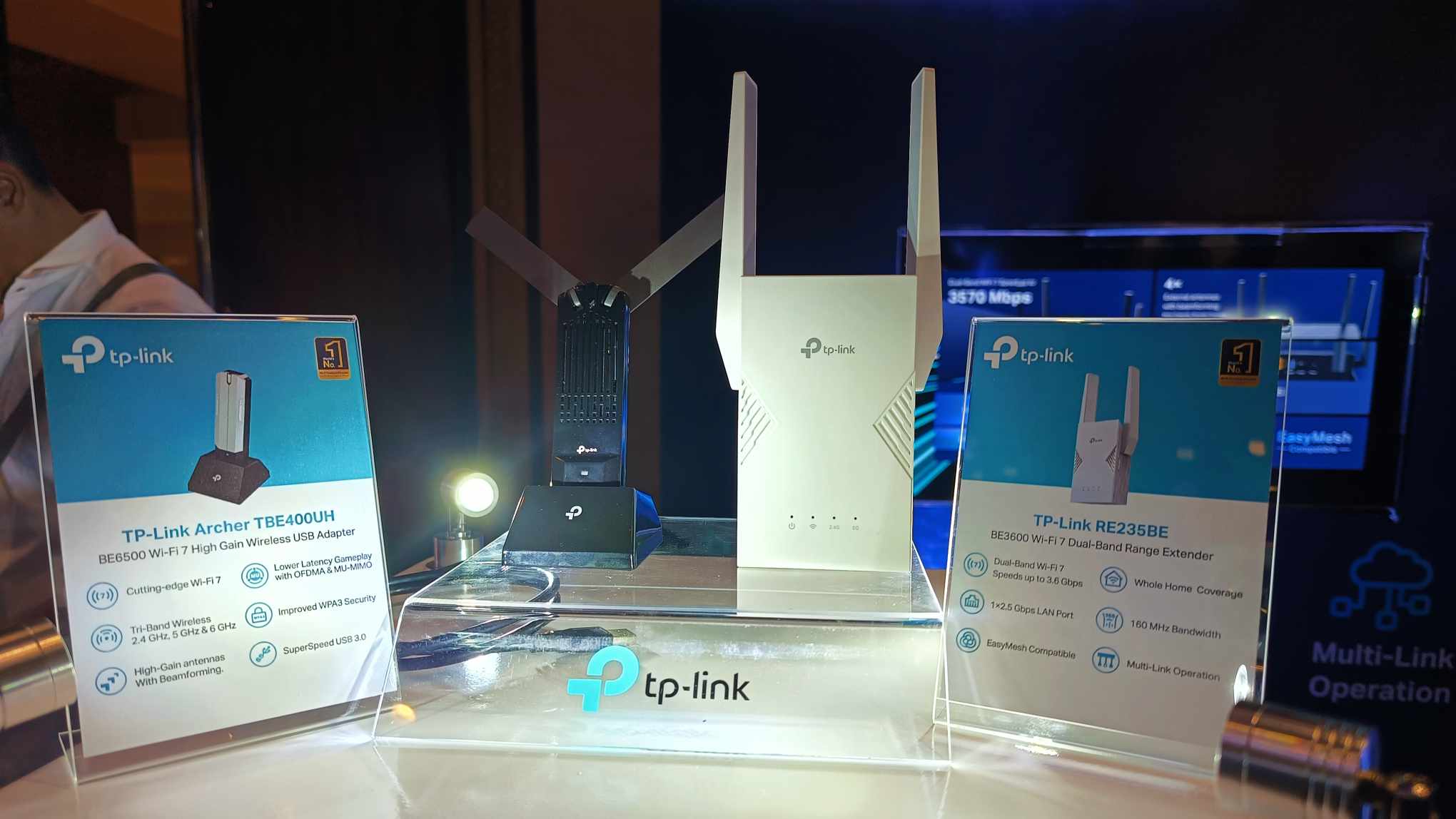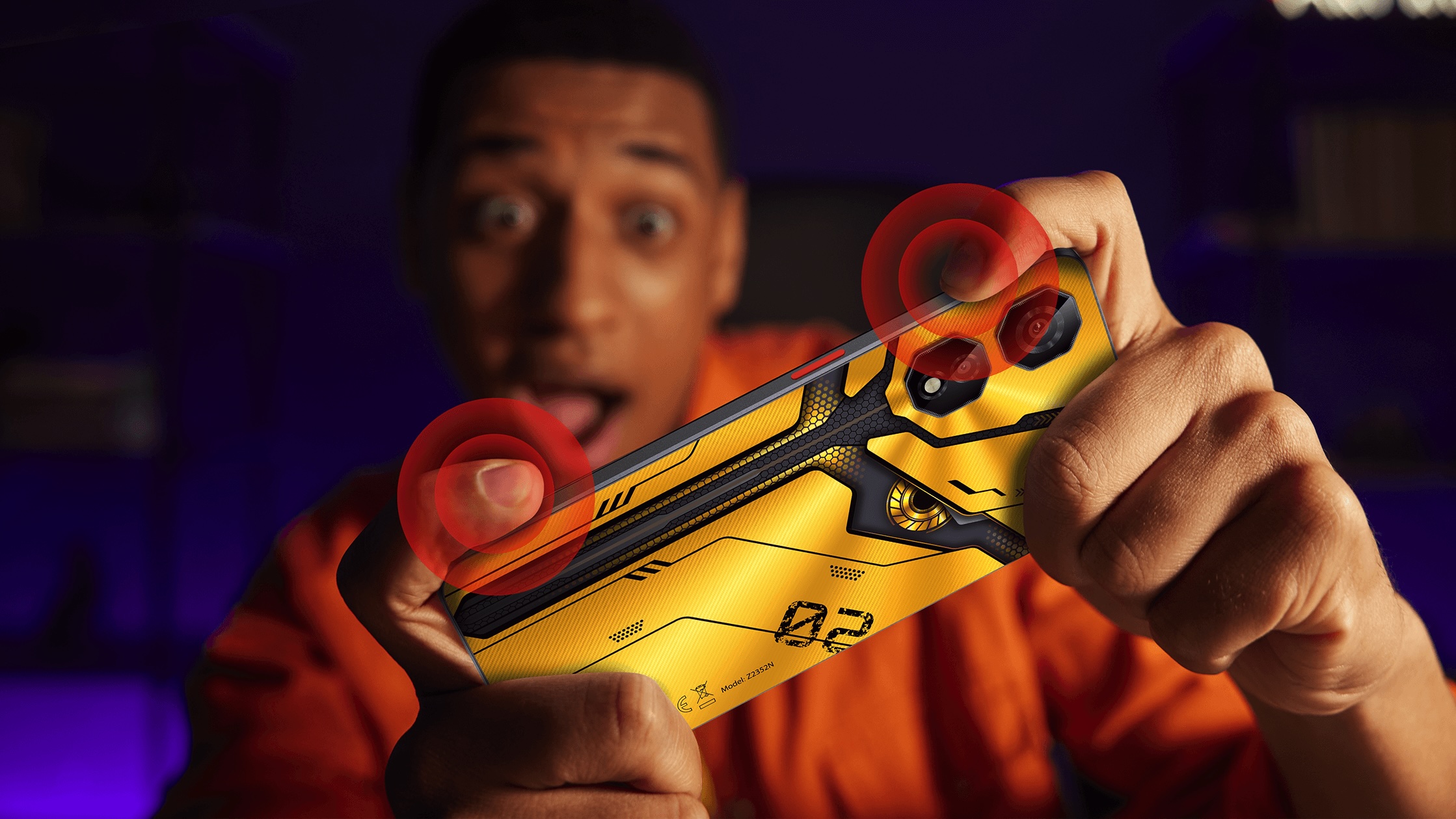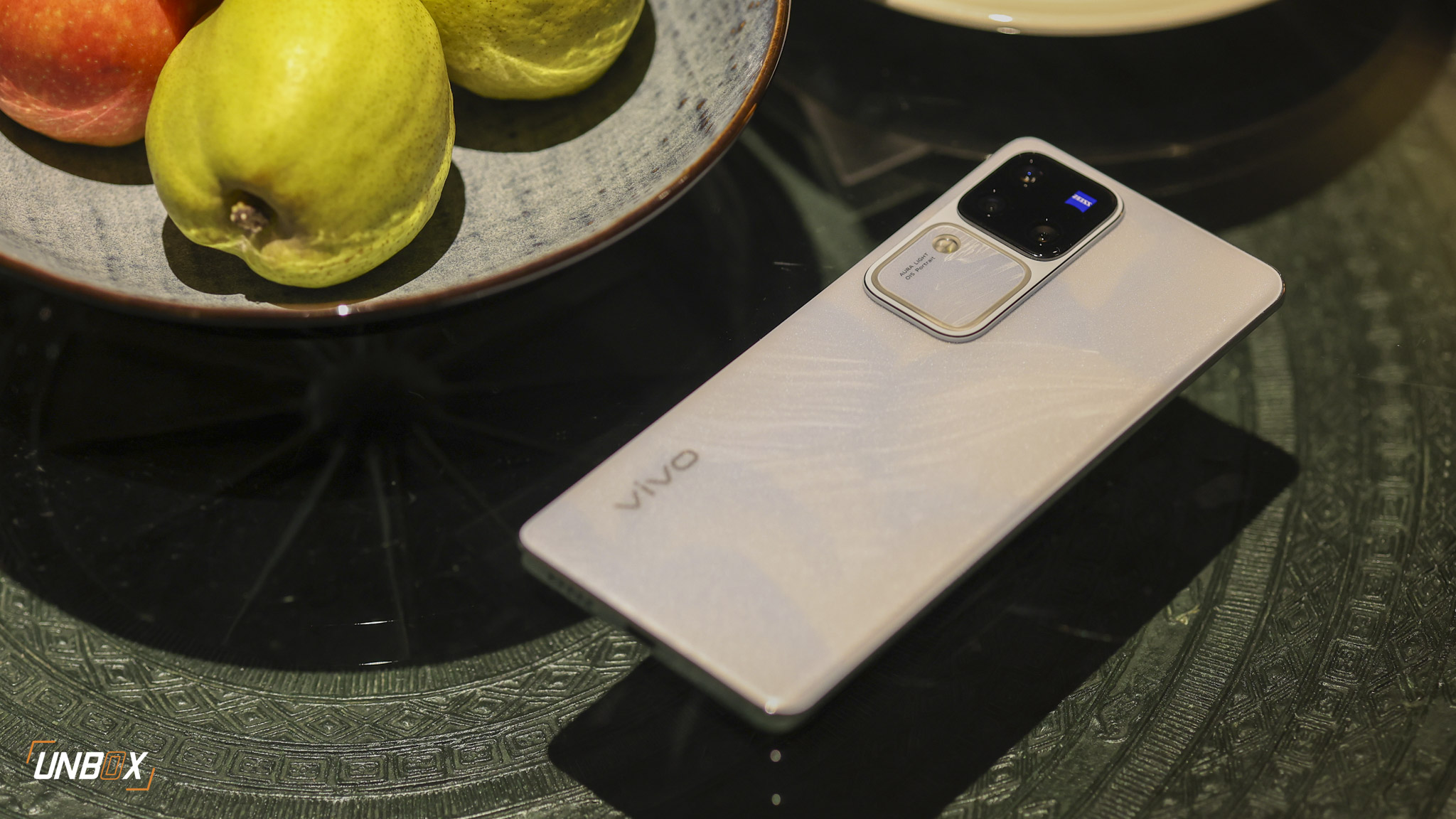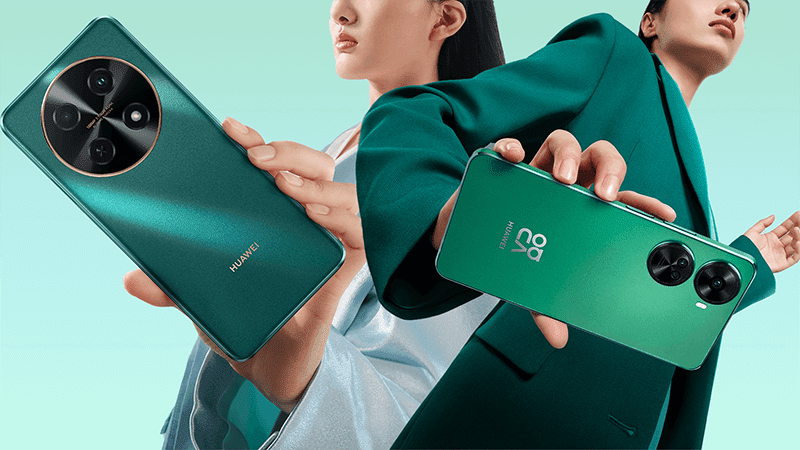Which one of these top tier flagships takes better photos?
There has been a bevy of flagship devices released in the past few months but if you’re looking to get best of the best, it’s likely you’re torn between Samsung’s Galaxy S20 Ultra or Huawei’s P40 Pro. Both phones come packing ultra-sleek, premium designs, top-tier hardware, and flagship camera optics but which one is better when snapping photos?
https://unbox.ph/editorials/huawei-p40-pro-review-the-best-cameras-on-a-phone-this-2020/
Today we’re going to be taking a look at how both phones stack up to each other when it comes to taking photos. But before we start, let’s take a look at their hardware:
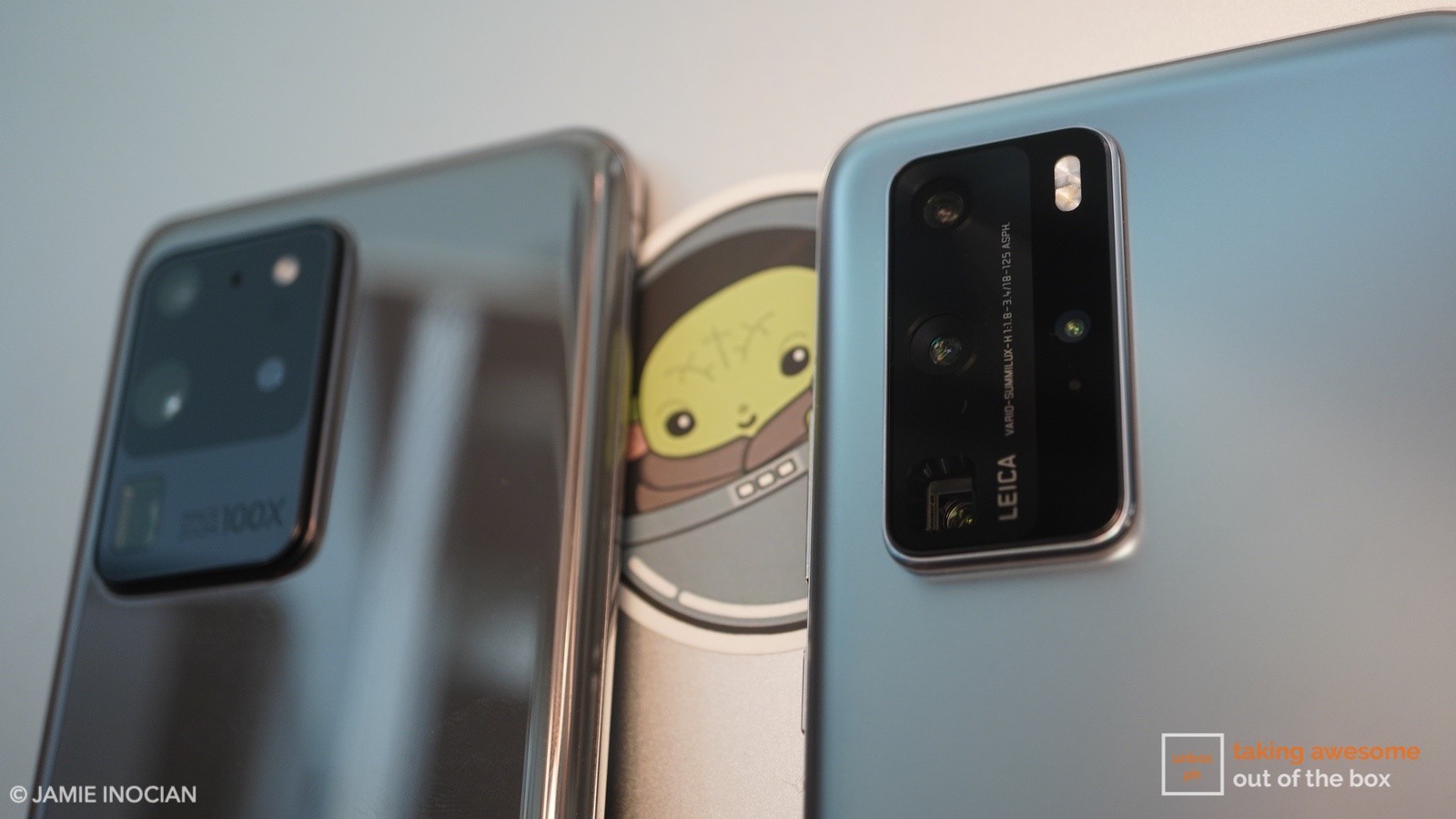
Do more megapixels mean better photos?
We’ve already gone through the externals and hardware of the two phones in a previous article, so today we’re going to solely focus on their cameras. Samsung’s approach to flagship optics has always followed a “less is more” approach, but that doesn’t seem to be the case any longer. The Galaxy S20 Ultra comes packing a massive 108-megapixel sensor with OIS and dual pixel PDAF. The three other camera modules on the rear of the phone are a 48-megapixel telephoto camera with 10x optical zoom and OIS, a 12-megapixel ultra-wide camera with AF, and a time-of-flight camera.
Huawei on the other hand uses an Ultra Vision Leica Camera System, headlined by a 50-megapixel sensor. That’s joined by a 40-megapixel Cine camera, along with a 12-megapixel SuperSensing telephoto camera with 5x optical zoom, and a ToF camera.
Looking at the numbers, most people would assume that 108-megapixels beat 50-megapixels, right? Not exactly. Megapixel count isn’t the only determining factor for taking good photos, the physical size of the sensor also comes into play here. A bigger sensor takes in more light, and more light generally means better photos.
This is where Huawei has an edge over Samsung. The Galaxy S20 Ultra has a 1/1.33-inch sensor, while the P40 Pro has a massive 1/1.28-inch sensor.
You’ll see what we mean in the photos below.
Indoor and low-light shots
Remember what we said about a bigger sensor taking in more light? This is best illustrated with the photo of this small statue indoors with poor lighting despite being in the day time.
Between the two shots, the P40 Pro managed to capture sharper details than the Galaxy S20 Ultra, as the distinct lines on the horse statue that was captured on the P40 Pro look fuzzy on Samsung’s flagship.
You can see this clearer on the RX-78 gunpla. You can’t even tell that the photo was taken in a darkened room with the P40 Pro. The photo shot with the S20 Ultra, however, has a lot of image noise in the shot, and the model is generally darker overall.
The desk shot illustrates the low-light capabilities of the P40 Pro even further. While the image is dim and there’s apparent noise because of the higher ISO needed to take the photo, it’s not overwhelming, and you can still see small details in the gunplas on the desk.
That’s not the case with the S20 Ultra. There’s a lot of noise in the shot, and the shot is overall darker compared to the P40 Pro.
Huawei has invested a lot of R&D in their AI algorithms to ensure better results when taking low-light photos, even when handheld, and it shows in this result.
Outdoor shots look more natural on the P40 Pro VS the S20 Ultra
Moving outdoors, we noticed that shots taken with the P40 Pro had generally better tone, contrast, and exposure compared to Samsung’s Galaxy S20 Ultra.
This photo illustrates this point clearly, as the veins on the flower are more defined with the P40 Pro compared to the shot taken by the S20 Ultra.
This photo of Lea from the P40 Pro looks more natural, and you can see more detail on the leaves of the trees behind her compared to the Galaxy S20 Ultra.
And while the ultra-wide-angle camera of the P40 Pro doesn’t take as wide as a shot compared to the S20 Ultra, it manages to take sharper, more detailed shots when pixel peeping.
Is that 100x zoom really necessary?
Both phones have impressive zoom lenses that use a periscope-style arrangement to take photos.
One of the main selling points of the Galaxy S20 Ultra is its “Space Zoom” capability, which allows it to zoom in and shoot in 100x magnification.
Huawei’s P40 Pro is capable of zooming to 50x, and in both cases, it’s purely digital zoom.
Honestly, any zoom beyond the hybrid 10x range isn’t useful, at least in terms of image quality, as details tend to get lost because of a number of factors which include noise, hand-movement as well as post-processing.
5x zoom is the optical zoom limit of both phones before digital enhancements, so it’s a good benchmark to analyze photos with.
While both phones take really good shots using 5x zoom, it’s apparent when you start pixel peeping that the P40 Pro manages to capture more details than the S20 Ultra.
Things get more interesting once you hop onto 10x zoom. Shots using this zoom level are a combination of the zoom lens and software, so AI algorithms play a massive part in the resulting image.
In this regard, Huawei still wins, as the images taken look more accurate, and has clearer details compared to the S20 Ultra.
Verdict: The P40 Pro is the clear winner
Huawei’s P40 Pro has a definite leg up VS Samsung’s S20 Ultra no matter how you look at it, at least when it comes to taking photos.
The P40 Pro might not have the massive megapixel count that the S20 Ultra, but it more than makes up for that with the sheer physical size of its sensor, as well as the AI algorithms that Huawei has pretty much mastered for its flagship phones.
Huawei P40 Pro VS Samsung Galaxy S20 Ultra: Which One Is The Better Flagship?


